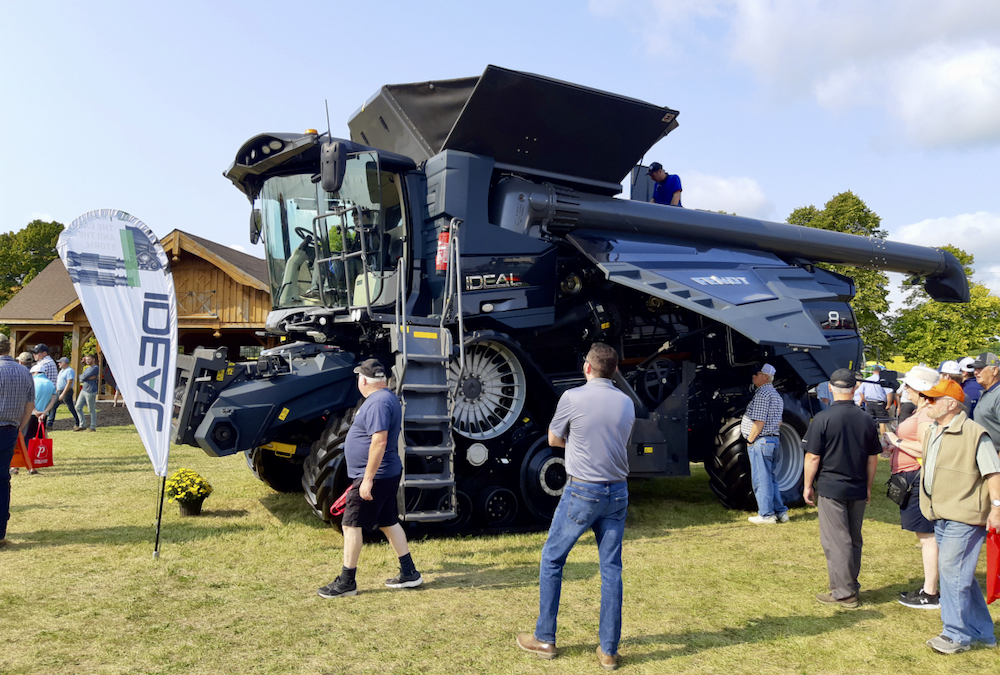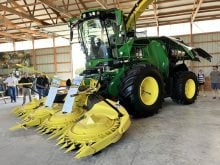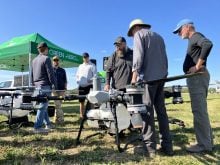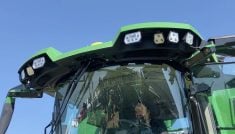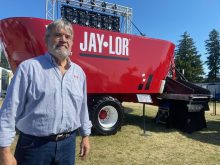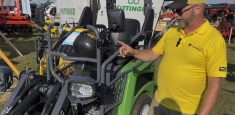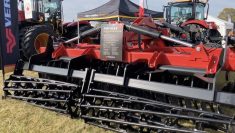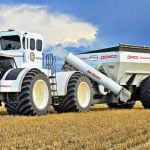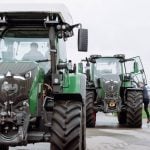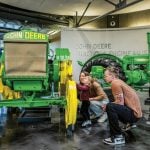There was a lot of heavy metal – and lighter stuff too – at Canada’s Outdoor Farm Show last month, in terms of machinery rather than music.
Equipment ranged from the latest combines and autonomous robots to large drones and new takes on traditional tillage implements. Here are several highlights:
Tillage options
Read Also
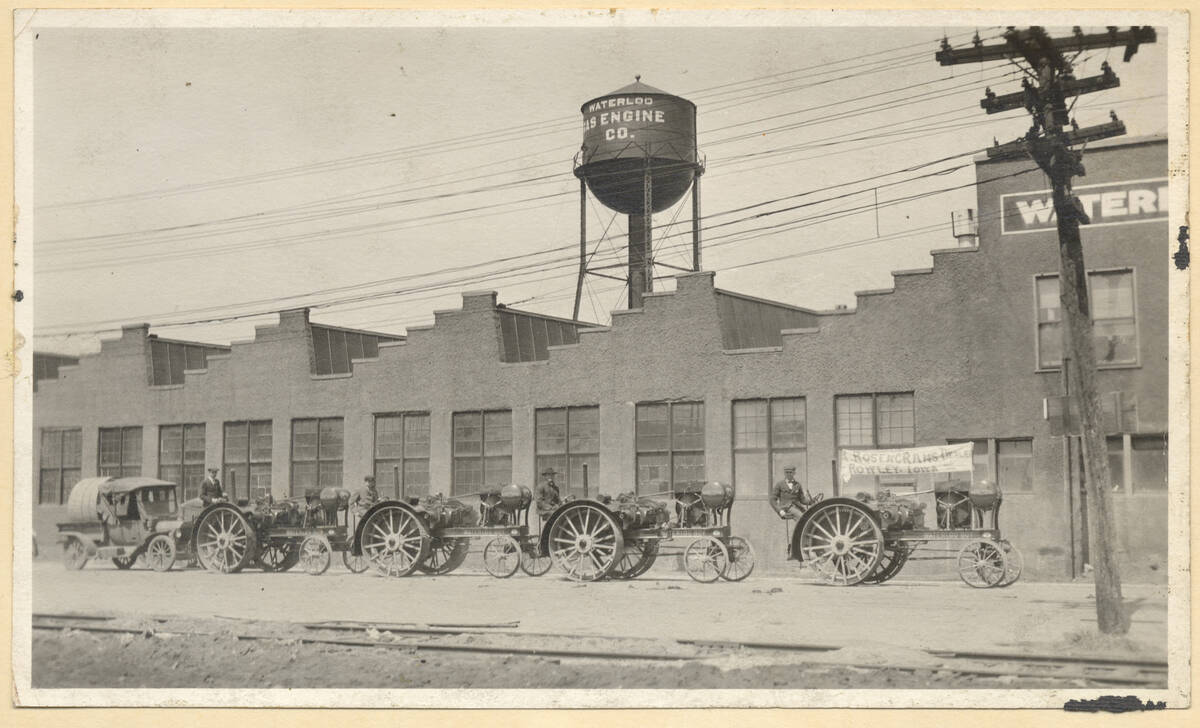
Could John Deere have imagined what his company has become today?
Let’s ask the company’s own archivist: would John Deere, the man, be surprised to learn his eponymous field plow company is now a global corporation with around US$30 billion in annual turnover?
The southwest demonstration field featured an array of tillage implements that showed the effectiveness and comparative differences in tilling corn stalks. Designs targeted a variety of needs and management practices.
Each manufacturer emphasized unique characteristics, including performance at higher operating speeds, residue and fertilizer incorporation, soil penetration and “greaseless technology” made possible by composite materials. Nearly every manufacturer expressed a desire to help growers achieve all tillage-related tasks in a single pass.
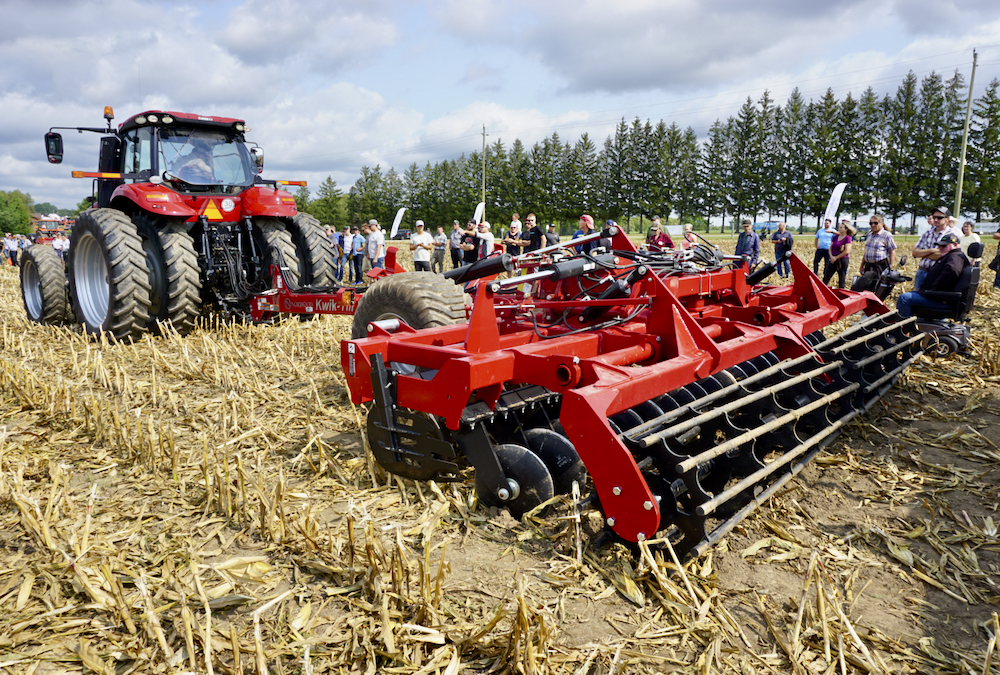
“It seems customers want a one-trick pony, so most companies are chasing that perfect tool that will do what they want,” said Travis Grubb, Kubota Canada’s Ontario field product specialist. However, he said one of the challenges is visual perception. Growers focus on “the black” from surface tillage and neglect lower areas of the soil profile.
“A lot of customers want to see things like vertical tillage move more dirt,” said Grubb. “It might be doing the job, but if people can’t see it, they’re less sure. That’s what makes tillage tough.”
He said the focus is still on a systems approach, and it’s essential to realize shortcomings, such as a speed disc’s inability to reduce compaction layers beyond six inches on average.
That’s where chisels and subsoilers can be key supplemental tools.
“A lot of people get caught up on the black, but you’re not actually doing much. It’s the profile underneath that affects the next piece of equipment,” Grubb said. “It doesn’t matter that the soil is black and it mixed everything. It’s what did it leave underneath?”
Wheat seeding designs
Demonstrations featured two new wheat planters – the Case IH PD550T air seeder and Bourgault’s CD872-8 air seeder.
Case’s model has a 140-bushel tank capacity and is available with 30- and 40-foot toolbar widths. Its approximate transport height and width are between 13 and 14 feet and 12 to 19 feet, respectively, and it weighs 20,890 to 22,890 pounds when empty.
Performance in loam soils characteristic of the Woodstock area appeared good. With a trench closing system, the implement is an option for more challenging conditions, including no-till systems.
The Bourgault CD872-8 coulter drill falls under the company’s Frame Mounted Seeder series, a line of machines designed to be more compact than larger air seeders but with the same design characteristics. With a 20- or 26-foot working width, 136- or 200-bushel capacity, multiple spacing options and a 2,200-pound bulk boom capacity, it performed well in the demonstrations.
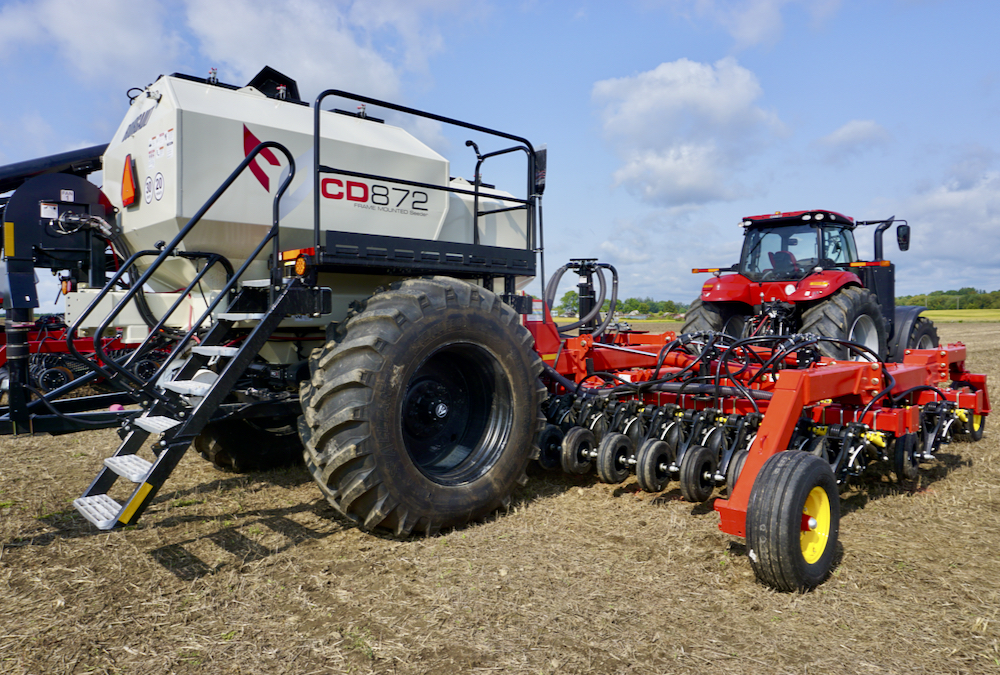
Marty Vermey, Grain Farmers of Ontario senior agronomist, said equipment designed to get fertilizer – specifically phosphorus – in the ground with wheat seed reflects modern understandings of 4R management.
The CD872-8 and its counterpart hit the mark as implements capable of simultaneous application of high fertilizer rates both with and separate from the seed.
The most significant impact on wheat is getting phosphorus in the ground where it’s needed, Vermey said.
“Air seeders with two compartments, one for fertilizer and one for seed, would be good,” he said. “That’s one of the things we need to do with fertilizer management. Right now, many farmers have no-till grain drills and only one compartment.”
Autonomy and drones
The show demonstrated a selection of autonomous tools, including the solar-powered planting robot FarmDroid and the weeding robot Dino by Bothwell-area’s Haggerty Creek Ltd. and sister company Haggerty Creek Robotics.
Haggerty Creek, along with the robots’ manufacturers and partners in the provincial Agrobotics Working Group, is using local field trials to refine the machines for Ontario conditions.
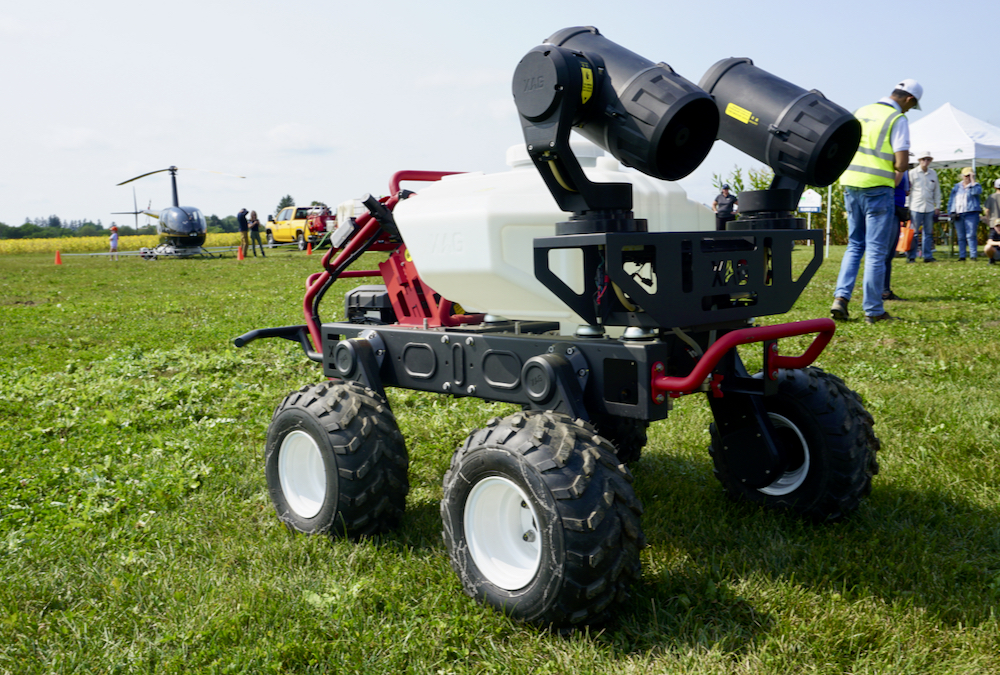
Sky Agriculture, a Winnipeg-based company, demonstrated a smaller-stature autonomous orchard sprayer and a similarly sized spray drone focused on increasing operational efficiency in a tight labour market. Sky Agriculture markets the single-operator-controlled drone and ground units toward small to medium-sized farms with limited resources. The company did note that Canada’s Pest Management Regulatory Agency does not allow pesticide application via drone.
Hot rod combines
New combine designs turned many heads at the show.
Clad in black and gray panelling, the Fendt Ideal 8T was a visual standout as a high-horsepower, high-capacity dual rotor machine that “works wonders in the shortest harvest windows.”
Manufacturers showcased other large harvest machinery alongside the 8T. Unfortunately, visible price tags were harder to locate.
